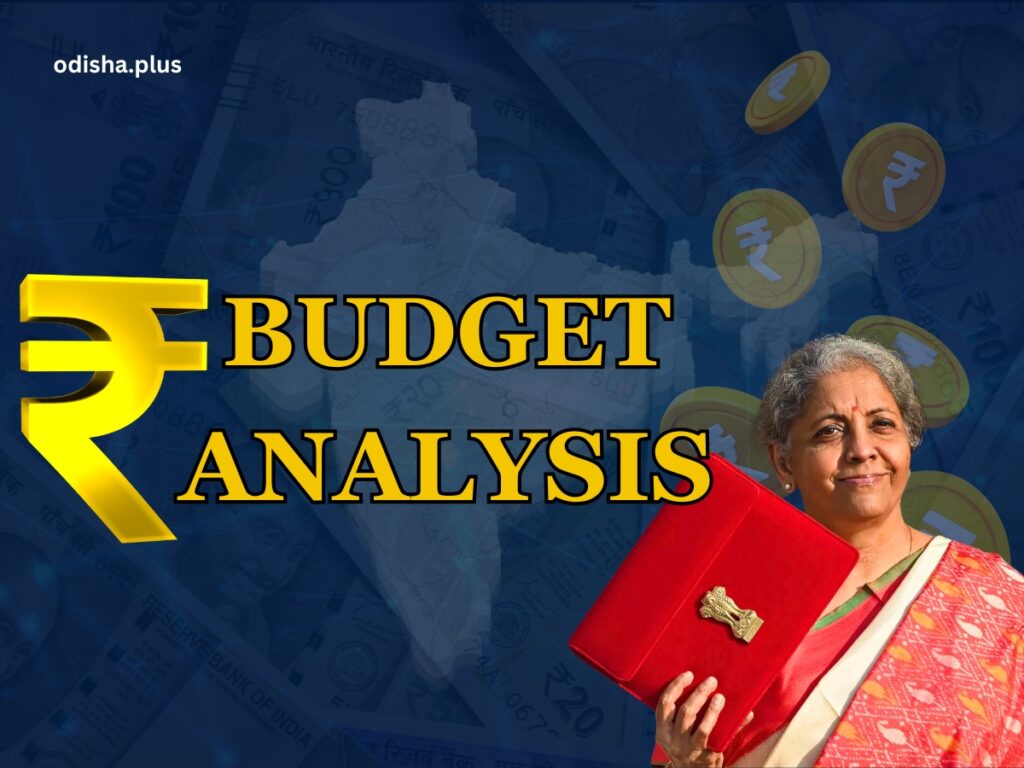The Union Budget 2025 raises the tax-free income threshold to INR 12 lakh, benefiting one crore taxpayers and boosting Domestic consumption
Dr. Savitha K L. and Dr. Sajitha A

The Union Budget 2025 proposed by Finance Minister Nirmala Sitaraman aimed to address the slowing economic activity during the post-pandemic period. With a strong emphasis on ‘Viksit Bharat,’ or a developed India, the budget proposes a number of policies meant to boost long-term economic transformation, investment, and economic growth. One of the important announcements made in this budget is the relief measure for individual taxpayers by increasing the threshold tax free income from 7 lakh – 12.75 lakhs to provide zero tax liability for one crore tax payers. Nearly one crore taxpayers nationwide are expected to benefit from this increase in the tax-free income threshold. Apart from increasing disposable income, the tax relief measure will boost domestic consumption, and thereby stimulate economic activity.
Another component of the budget is to simplify customs duty structures, which should benefit micro, small and medium-sized businesses (MSMEs) and manufacturing industry. The government reduced customs duties on various imported goods and eliminated seven out of fifteen tariff rates to streamline the tax system and lower business costs.
These policies aim to reduce the burden of compliance, increase domestic production, and improve competitiveness. This structural change should have a positive impact on the manufacturing sector. The focus on MSMEs is in line with the government’s goal of encouraging independence through the ‘Atmanirbhar Bharat’ program.
Infrastructure development is still a top priority in Budget 2025 and proposes an expansion of Public-Private Partnerships (PPPs) to stimuate private-sector investments in infrastructure projects. Another essential component of the budget is asset monetization, which recycles public funds to finance the construction of new infrastructure. It is expected that this strategy will increase productivity and attract much-needed funding to increase growth in industries like energy, transportation, and urban infrastructure.
New regulations intended to lower distribution losses and improve the overall dependability of the power supply are also expected to help the power industry. In keeping with its strategic push for clean and sustainable energy sources, the government has also suggested a mission-mode approach for nuclear energy development.
To improve regional air connectivity, the government redesigned the UDAN (Ude Desh Ka Aam Nagrik) program in the aviation industry. Through the expansion and modification of UDAN, the budget aims to improve aviation infrastructure and strengthen regional airports while making air travel more affordable and accessible for the average citizen.
Despite the budget looks promising, it has given less attention to the informal sector, which still employs more than half of India’s workforce as per NSSO 68th round statistics. If there is an increase in domestic demand due to tax relaxation which may cause a rise in inflation in the future. Without any proper measures to check the rising inflation, this demand driven budget is going to adversely affect the informal workers and agricultural farmers. Many economists contend that government spending on social security benefits, employment guarantee programs, and direct cash transfers have a far greater multiplier effect on the economy than tax cuts.
Though the budget includes higher funding for welfare, health, and education initiatives in the social sector, it does not provide a clear plan for raising resources to support these projects. The suggested allocations are a positive start, but their successful execution will require strong accountability, transparency, and governance.
In short, the Union budget 2025 presents a mixed picture. On the one hand, important reforms are being introduced aimed at encouraging economic growth, supporting domestic production, improving infrastructure and relieving taxpayers. On the other hand, the concerns of the informal sector and disadvantaged groups who need more direct support are not addressed. The success of the budget will ultimately depend on how well these measures are implemented and whether they translate into tangible benefits for all sectors of society.
(The authors are Assistant Professors at Christ (Deemed-to-be) University, Bengaluru. Views expressed are personal.)

























